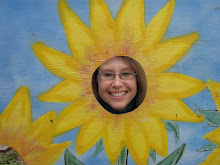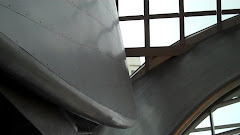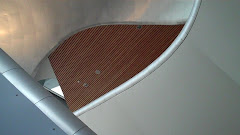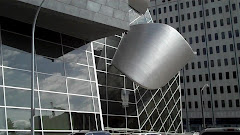July 17 is
Canada Parks Day and that got me thinking about Alberta’s many parks. Alberta has hundreds of
parks and wilderness areas representing diverse landscapes and offering a variety of activities for people to enjoy.
The jaw-dropping scenery in Alberta’s wild spaces is a big attraction. Mountains, foothills, forests, grasslands, and strange rock formations – Alberta has it all. Even sand dunes! On the eastern side of the province is the Wainwright Dunes and in the northeast corner is the Athabasca Dunes Ecological Reserve which is part of the largest active sand dune system in Alberta.
Alberta’s lakes, reservoirs and rivers provide prime water sport opportunities. Wabumun Lake, Cold Lake and Waterton Reservoir are known for sailing and the province’s waterways provide a variety of boating, canoeing and kayaking routes. Many of Alberta’s lakes and rivers have outstanding fishing. Bow Valley Provincial Park has world-renowned trout fishing and the Oldman River and Kootenay Plains Provincial Recreation Areas contain over 30 species of fish. Alberta’s many lakes also mean many beaches. Two of the best are the beach at Sylvan Lake and Devonshire Beach on Lesser Slave Lake where they hold the annual Alberta Open Sandsculpture Championships.
Parks all over the province offer an endless variety of hiking trails. From meandering rivers and prairie that seems to go on forever, to forests that blanket much of the province, to mountain views and waterfalls, Alberta’s trails pass through all kinds of terrain and offer activity levels ranging from easy to more challenging.
Alberta’s parks are also home to an abundance of wildlife. Northern Alberta is known for amazing bird watching opportunities. Of the approximately 330 bird species in Alberta, 224 have been seen in Sir Winston Churchill Provincial Park, the threatened Trumpeter Swan can be found in Saskatoon Island Provincial Park and tiny songbirds migrate through the area around Lesser Slave Lake. Parks in the mountains, foothills, and prairies offer the chance to spy larger animals like bears, moose and cougars.
History can also be explored in Alberta’s parks. Writing-On-Stone Provincial Park contains hundreds of Aboriginal pictographs (paintings) and petroglyphs (carvings) and Dinosaur Provincial Park allows visitors to hike to world-famous dinosaur bonebeds and even participate in an authentic fossil dig.
When you want to escape to nature, where do you go? What are your favourite Alberta parks and wilderness areas? What is your favourite activity to do in Alberta’s parks? Let me know by making a comment at the bottom of the post.















